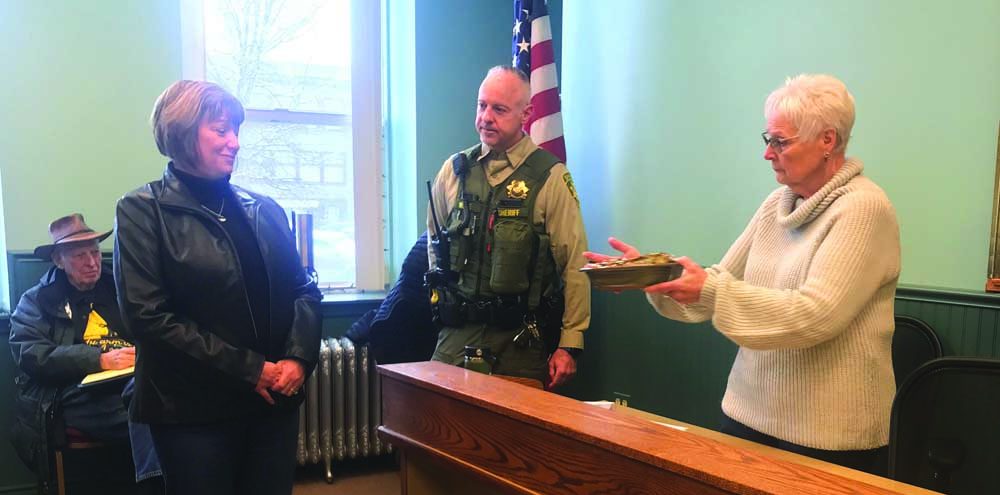Zoo animals caught COVID-19 from people. What does that mean?
Published 4:00 pm Saturday, April 11, 2020

- A Bengal tiger and several other large cats at the Bronx Zoo in New York were found to be sickened by the coronavirus. Researchers are investigating what it means for other animals.
A tiger in a New York zoo recently tested positive for COVID-19, and researchers at Washington State University want to find out what that means for people, their pets and livestock.
Samples from one tiger were tested after several lions and tigers at the zoo showed symptoms of respiratory illness. Public health officials believe the large cats became sick after they were exposed to a zoo employee who was shedding virus, according to the USDA Animal and Plant Health Inspection Service.
As a precaution, the agency says that anyone who is sick with COVID-19 should limit contact with animals.
And, at this time, there is no evidence to suggest that any animals, including pets or livestock, can spread COVID-19 infection to people, APHIS says.
According to the World Organization for Animal Health, current evidence suggests that the COVID-19 virus emerged from an animal source. Genetic sequencing revealed the virus is a close relative of others found in horseshoe bats native to China, where the COVID-19 outbreak began.
However, the organization says there isn’t enough scientific evidence to identify the exact source of the COVID-19 virus or to explain the original route of transmission to humans.
“Investigations are needed to find the source, to determine how the virus entered the human population, and establish the potential role of an animal reservoir in this disease,” the organization stated.
The Washington Animal Disease Diagnostic Laboratory at Washington State University in Pullman has begun limited testing of animal samples for the SARS-CoV-2 virus, the causative agent for COVID-19.
“Specifically with animals that are housed with people with COVID-19, are those animals becoming infected, do they carry the virus?” asked Charlie Powell, senior communications officer at WSU’s College of Veterinary Medicine.
So far, WSU has tested three cats and two anteaters from households where people had COVID-19. All five tested negative, Powell said. More tests on other animals are expected.
The anteaters came from Washington state and had been exposed to someone who was COVID-19 positive, he said. Powell could not say any more about the anteaters due to confidentiality.
“It’s not frivolous to test anteaters,” he said. “This is going into an internationally shared database. Any opportunity we get to test an animal that’s been exposed to a COVID-positive person, we’re going to do so.”
Later studies, not run by WSU, will determine whether such animals shed the virus, he said.
Health authorities asked the university to build the test, which is available to agencies and academic institutions.
The Centers for Disease Control and Prevention also says there is no evidence that companion animals such as pets can spread COVID-19 to people or that they might be a source of infection in the U.S.
To date, CDC has not received any reports of pets becoming sick with COVID-19 in the U.S.
Whenever a new virus emerges, it’s important to ensure that animals are not carriers, Powell said.
A German study tested pigs, chickens, ferrets and fruit bats, he said.
That experiment involved introducing a large dose of virus directly into the animal’s tissue, Powell said.
Pigs and chickens were not affected. The bats became infected but showed no signs of illness. The ferrets became ill.
“There’s probably not going to be a rush to check cattle, because we’re not seeing any disease in cattle,” Powell said.
If the virus were easily transferred from people to animals, Powell said, veterinarians would have seen a lot more infected cats, and they haven’t.
The infection of the zoo animals “is just one of those anomalies in nature at the moment,” he said.





